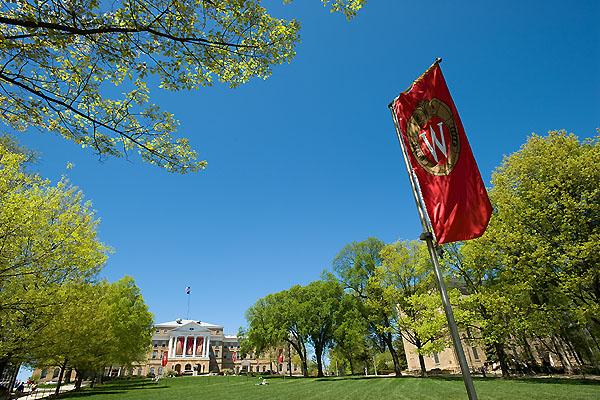University of Wisconsin Office of Academic Planning and Institutional Research released data showing students are graduating at higher rates and taking less time to get their degree.
In the Office of Academic Planning and Institutional Research’s report, UW saw a decrease in the average time to obtaining a degree from 4.16 years last year to 4.13 years this year.
The average four year graduation rate, which has continually increased since 2005, jumped a significant 3.2 points from last year, moving upward to 60.3 percent, according to a UW statement.
The statement also revealed UW has seen improvements in its retention rates. The freshman-to-sophomore-year retention rate rose from 95.3 percent in 2014 to 95.8 percent this year.
According to Associate Provost and Director of Academic Planning and Institutional Research Jocelyn Milner, the university’s recent success is the result of a culmination of hard work over the last several years and improvements in academic advising.
“About five years ago, the University of Wisconsin made substantial investment in academic advising and we saw some pretty big gains this year as a result,” Milner said. “In 2010, the university created the Office of Undergraduate advising, which has helped coordinate training for advisors as well as help the university hire more [advisors].”
Since 2010, UW has hired 36 new advisors and provided them with better instruction and greater access to students’ progress, Milner said.
In addition, the College of Letters and Science recently instituted a policy requiring that students declare a major by their senior year and has also created a new career initiative that aims to connect students to career advising, Milner said.
Despite the improvements, UW still hopes for further progress in the future, Milner said.
Milner added that UW has made plans to begin another project that will ensure prerequisites for classes are both clear and regularly enforced. This change will hopefully ensure student success in advanced courses.
“We hope to maintain the current levels and continue to look for ways to help the students,” Milner said.













